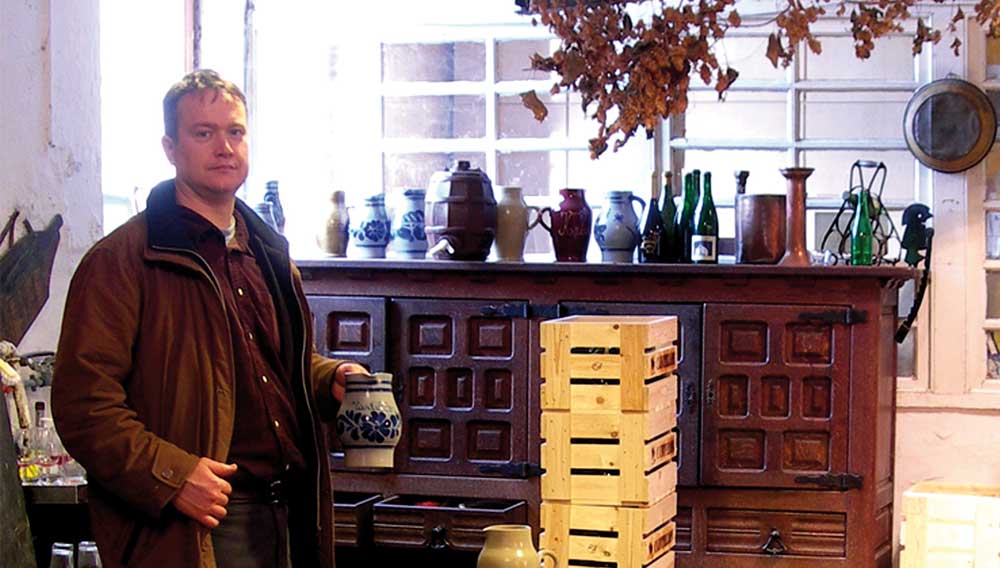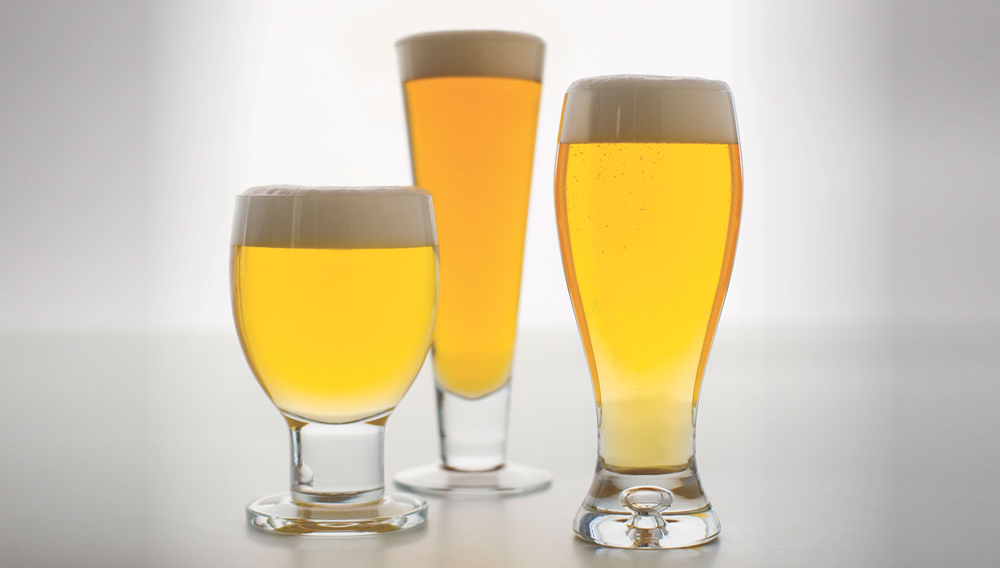Like many of the lesser-known beer styles that originated in Germany, the production of “Märzen” has been in steady decline. Many beer drinkers are familiar with the term but may have never enjoyed a glass of the beer themselves. Despite its close relationships to Bavarian Helles and Munich Dunkel, the style warrants closer exploration. Its malty notes combined with a subtle sweetness create a beer that is very sessionable yet showcases a lot of complexity.

Zenne and the Art of Brewing | The BeNeLux region owes its reputation as Europe’s “cock fighting arena” to its tumultuous history. Belgium itself is even split in two: the Walloons occupy the south and the Flemings the north, with a small German-speaking enclave off to the east. The region’s past fueled the rise of unique brewing traditions throughout this dynamic corner of the Continent.
Weissbier has become the most popular beer style in southern Bavaria after almost dying out in the middle of the last century. Weissbiers are now available in many places across Europe and are also a staple in the line-up of many craft breweries in the US. The name means “white beer”, referring to the color (not the use of wheat) and was used to distinguish the style from the brown beers that were predominant in the middle ages. Today “Weizen” (“wheat”) and “Weisse” (“white”) are used interchangeably and refer to the same beer.
For more than 100 years Mild Ale was the most popular style of beer in the UK, before going into a catastrophic decline in the 1960’s and 1970’s. Still accounting for 50 per cent of sales in 1960, by 1980 that was down to eleven per cent and by 2000 it was below two per cent.
Calling a beer style “old beer” (literal translation of “Altbier”) may create some confusion. The words “old” and “beer” aren’t typically a good combination, however “old” does not refer to the age of the beer but rather the traditional brewing methods used for this style.
The final installment in this series continues with a look at modern methods for brewing gose. Two delectable modern interpretations of gose brewed in Saxony are described below as well.
I dislike the term “Ordinary” or “Standard” as it denotes a mediocrity that is undeserved by the best examples of the style, so I will refer to it simply as English Bitter in this article. Like with most beer styles, there is very little consensus about what makes an English Bitter but much more agreement about what it isn’t. As is usual, English Bitter is a fluid style (pun intended) and the definition will depend on whether we want to talk about what an English Bitter used to be or what it is now. English Bitter finds its home as a cask ale, there are many examples in other formats but cask is where it lives and breathes (more puns).
The final two installments in this series serve as a guide to the methods employed for producing gose over the many centuries of its existence. Though some of the details of its production have been lost to the mists of time or have gone to the grave with its secretive brewers, written records have preserved at least some of the ingredients and techniques used to brew gose at various points in its history. Two ingredients collectively unique to gose seem to have remained constant throughout the beer’s long existence: coriander and table salt.
Gose is brewed by craft breweries around the globe but has had relatively little impact on the brewing landscape in its country of origin. It emerged from the mists of Medieval Europe to become widely acclaimed across the Continent along with beers from other famous brewing cities like Hamburg and Einbeck, since Goslar – the original home of gose – belonged to the vast trade network of the Hanseatic League.
Farmhouse Ales is the term that has come to define modern interpretations of two distinct beer styles, Saison and Bière de Garde. The term “Farmhouse Ale” is not without controversy. Contemporary breweries located in both rural and urban environments produce and market credible “Farmhouse Ales”. The term may be disputable but it has become firmly entrenched in the modern brewer’s lexicon.
Tremendously popular over many centuries, this beer was invented in the city of Goslar a millennium ago and was subsequently portrayed by writer Wilhelm Blumenhagen, who traveled the region in the early 19th century, as the “Freudenwein der Harzer” (“wine of the Harz mountain folk that brings joy”). It would be difficult to find a more glowing endorsement than that. Blumenhagen described this gose as cloudy and yellow like beeswax with a thick head of foam.



